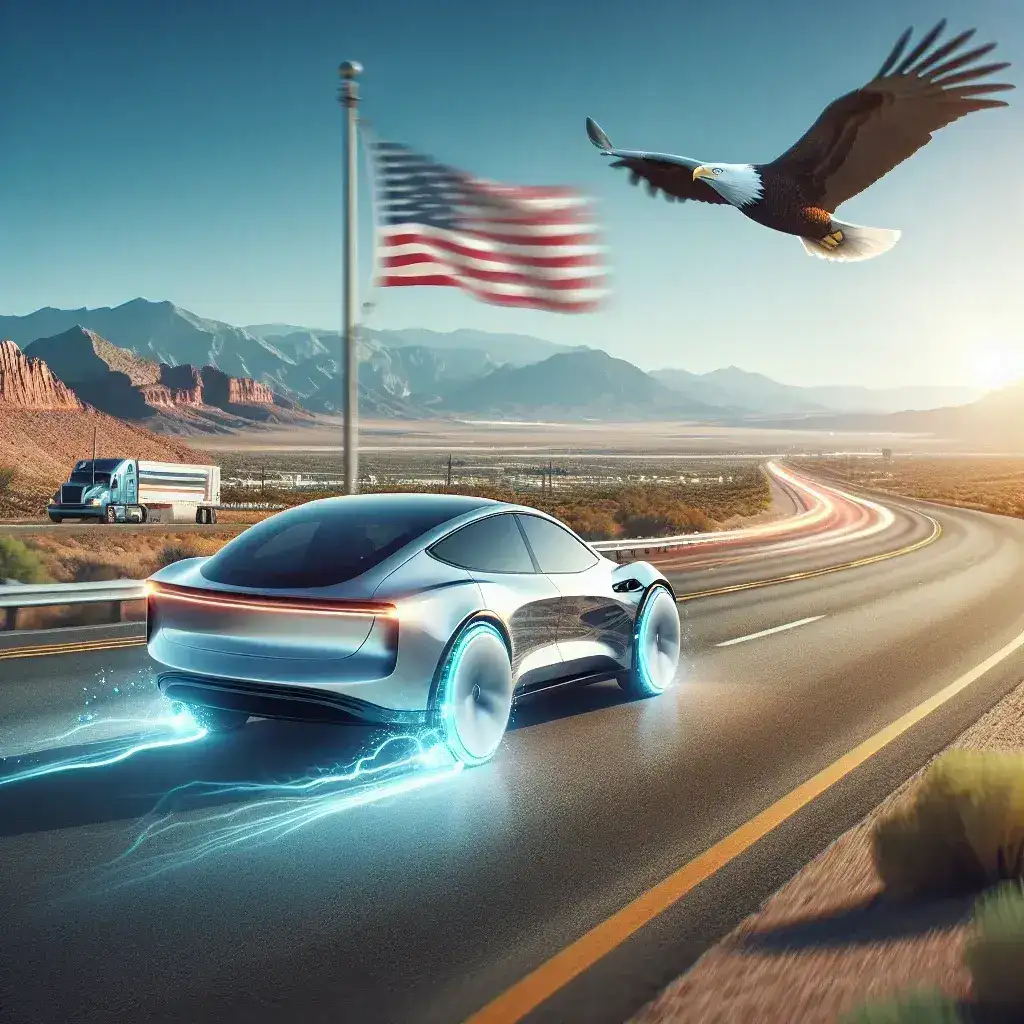Introduction
Tesla has long been a frontrunner in the electric vehicle (EV) market, not just for its innovative designs but also for its commitment to advancing technology. One of the most exciting developments recently is Tesla’s piloting of AI-powered regenerative braking enhancements in U.S. EVs. This technology promises to optimize the way EVs recover energy during braking, increasing efficiency and ultimately transforming the driving experience. In this article, we will explore the mechanics behind regenerative braking, Tesla’s advancements in AI technology, and the implications for the future of electric vehicles.
Understanding Regenerative Braking
Regenerative braking is a technology that allows electric vehicles to recover energy that would otherwise be lost during braking. When a driver applies the brakes, instead of converting energy into heat (as traditional brakes do), the electric motor runs in reverse to slow the vehicle down. This process generates electricity, which is then stored in the battery for future use. The main benefits of regenerative braking include:
- Increased Efficiency: By recovering energy, EVs extend their driving range.
- Reduced Wear: Regenerative braking reduces the wear and tear on traditional brake components.
- Environmental Impact: More efficient energy use leads to lower overall energy consumption.
How AI Enhancements are Transforming Regenerative Braking
Despite the benefits of traditional regenerative braking systems, there is always room for improvement. Tesla’s new AI-powered enhancements are designed to make the braking process smarter and more efficient. These enhancements include:
1. Adaptive Regenerative Braking
AI algorithms analyze real-time data from various sensors, including speed, road conditions, and driver behavior. This information allows the vehicle to adjust the level of regenerative braking dynamically, providing a smoother driving experience while maximizing energy recovery.
2. Predictive Modeling
Using machine learning, Tesla can predict when and how much braking will be needed in specific driving scenarios. This predictive capability means that the vehicle can prepare for braking ahead of time, optimizing energy recovery even further.
3. Enhanced Safety Features
The integration of AI with regenerative braking also aims to improve safety. The system can engage regenerative braking earlier if it detects a potential collision, thus providing additional stopping power and reducing the risk of accidents.
The Benefits of AI-Powered Regenerative Braking
The introduction of AI-powered regenerative braking comes with several advantages:
- Improved Range: By efficiently recovering energy, vehicles can travel further on a single charge.
- Better Control: Enhanced braking dynamics lead to a more responsive driving experience.
- Cost Efficiency: Reduced maintenance costs due to less wear on mechanical brake components.
Challenges and Considerations
Despite the promising nature of AI-powered regenerative braking, there are challenges and considerations that Tesla needs to address:
- Technology Integration: Ensuring that the AI system integrates seamlessly with existing vehicle systems is crucial.
- Data Privacy: As AI relies on data collection, maintaining user privacy is essential.
- Public Perception: Gaining consumer trust in AI technologies remains a challenge.
The Future of AI-Enhanced EVs
The advancements in Tesla’s AI-powered regenerative braking system are just the beginning of a broader trend in the EV industry. As manufacturers increasingly adopt AI technologies, we can expect to see:
1. More Personalized Driving Experiences
With AI, vehicles will learn from individual driver habits, offering tailored driving modes and efficiency settings.
2. Integration with Smart City Infrastructure
As cities become smarter, EVs with AI capabilities will be able to communicate with traffic signals and road conditions, further optimizing driving routes and enhancing safety.
3. Continued Innovation
As technology progresses, we can anticipate more groundbreaking developments in energy recovery systems, battery technology, and overall vehicle performance.
Conclusion
Tesla’s piloting of AI-powered regenerative braking enhancements marks a significant step forward in the realm of electric vehicles. With the potential to improve efficiency, safety, and the overall driving experience, these advancements could redefine how we perceive EV technology. As Tesla continues to innovate, the future of electric vehicles looks promising, paving the way for a cleaner and more sustainable automotive landscape.

Leave a Reply